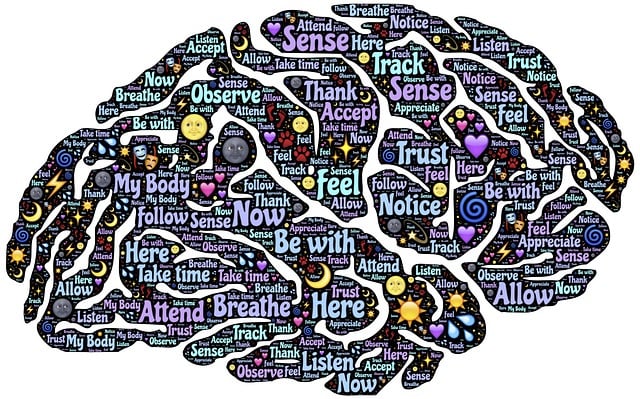Superior Biofeedback Therapy emphasizes a comprehensive risk assessment framework to prioritize client safety and well-being. Mental health professionals evaluate physical, psychological, and emotional risks associated with therapy techniques, implementing tailored interventions through stress reduction and empathy-building strategies. A robust harm minimization plan, focusing on mental health awareness, identifies at-risk individuals early for timely interventions. Safe practice strategies include protocols for client comfort, feedback monitoring to adjust techniques promptly, and mood management tools for proactive tailored interventions. These integrated approaches enhance therapeutic outcomes while minimizing risks in Superior Biofeedback Therapy.
“Risk assessment and harm minimization are paramount in the field of Superior Biofeedback Therapy, ensuring patient safety and treatment efficacy. This article guides practitioners through essential components of risk evaluation, from identifying potential hazards to implementing strategies for mitigation. We explore the development of a comprehensive harm minimization plan, encompassing pre-treatment screening, informed consent, and tailored interventions. Additionally, we delve into practical methods for monitoring patient well-being during sessions, fostering a safe and therapeutic environment in Superior Biofeedback Therapy.”
- Understanding Risk Assessment in Superior Biofeedback Therapy
- Developing a Comprehensive Harm Minimization Plan
- Implementing and Monitoring Strategies for Safe Practice
Understanding Risk Assessment in Superior Biofeedback Therapy

In the context of Superior Biofeedback Therapy, risk assessment is a meticulous process that forms the cornerstone of effective harm minimization planning. This involves meticulously evaluating various factors within the therapeutic environment to ensure client safety and well-being. By analyzing potential risks associated with the therapy’s techniques and tools, mental health professionals can proactively develop strategies to mitigate any adverse effects. A comprehensive risk management plan is not just a checklist but an adaptive framework that considers individual client needs and the dynamic nature of mental health treatment.
Superior Biofeedback Therapy, as an advanced therapeutic approach, necessitates a nuanced understanding of risk assessment. It involves identifying and addressing not only physical risks but also psychological and emotional triggers. Integrating effective stress reduction methods and empathy-building strategies within this framework empowers therapists to create a secure and supportive environment. This holistic approach not only enhances the therapeutic outcome but also fosters a deeper sense of trust between the client and the mental health professional.
Developing a Comprehensive Harm Minimization Plan

Developing a comprehensive harm minimization plan is an essential step in ensuring the well-being and safety of individuals, especially in high-risk environments or settings where mental health awareness is paramount. This strategic approach involves a meticulous process of identifying potential risks and implementing tailored interventions. A superior biofeedback therapy can serve as a powerful tool within this framework by providing clients with greater self-awareness and control over their physiological responses, thereby fostering emotional intelligence.
By integrating empathy building strategies into the harm minimization plan, professionals can create a supportive environment that encourages open communication and understanding. This, in turn, enhances the effectiveness of interventions and promotes positive outcomes. Mental health awareness plays a crucial role in this process as it enables early identification of at-risk individuals and facilitates timely interventions, ultimately minimizing potential harm.
Implementing and Monitoring Strategies for Safe Practice

Implementing strategies for safe practice is a cornerstone of risk assessment and harm minimization planning. In the context of Superior Biofeedback Therapy, this involves creating protocols that ensure the well-being and comfort of clients during and after sessions. One key strategy is regular monitoring of client feedback, allowing therapists to promptly adjust techniques or address any adverse reactions. This continuous evaluation not only enhances the therapeutic experience but also contributes to effective emotional healing processes and stress management.
Additionally, integrating tools for mood management into these strategies can further bolster the safety net. By providing clients with mechanisms to gauge their emotional state during therapy, therapists can proactively manage expectations and tailor interventions accordingly. This proactive approach ensures that Superior Biofeedback Therapy not only minimizes risks but also maximizes its benefits, fostering a harmonious relationship between therapeutic processes and client well-being.
Superior Biofeedback Therapy (SBT) offers immense benefits, but it’s crucial to approach it with rigorous risk assessment and harm minimization planning. By understanding the potential risks, developing comprehensive strategies, and implementing safe practices, therapists can ensure SBT is delivered effectively while safeguarding clients. Continuous monitoring and adaptation of these strategies are essential to maintain a high standard of care in this innovative therapeutic method.














